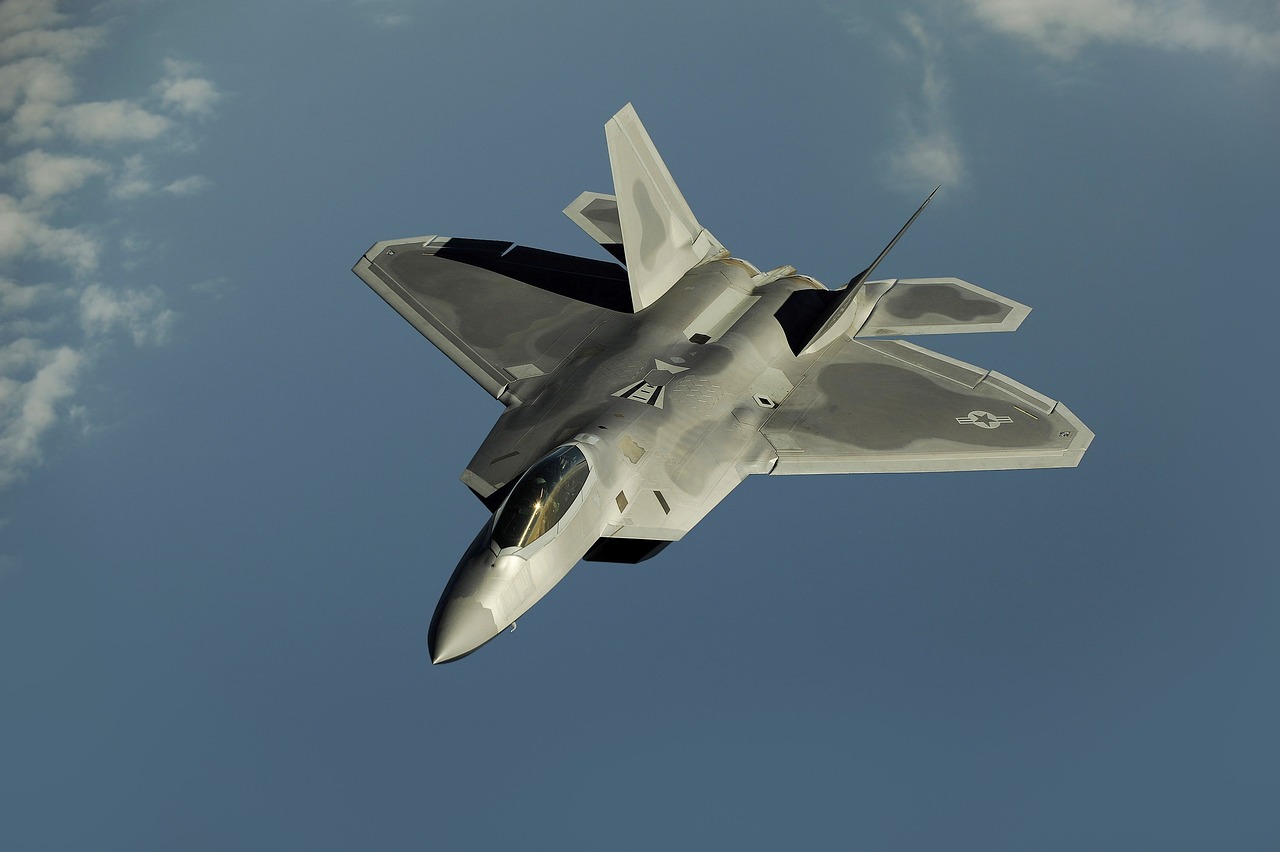On Monday, Ukraine reported the loss of one of its newly acquired F-16 fighter jets during an operation to repel a major Russian attack. The Ukrainian General Staff announced the crash on Thursday via Facebook, confirming the death of the pilot who was operating the aircraft. This incident marks the first known loss of an F-16 since the much-anticipated arrival of these U.S.-made planes earlier this month. The F-16 has been highly anticipated as a game-changer for Ukraine, offering the potential to enhance its aerial capabilities significantly.
Details of the Crash
According to the Ukrainian military, the F-16 was on a combat mission, approaching a Russian target when contact was lost. Subsequently, the jet crashed, resulting in the death of the pilot. The Ukrainian military emphasized that the F-16s had been performing effectively during the mission, with the jets successfully downing four Russian cruise missiles. The attack on Monday saw Russia launch over 200 missiles and drones, primarily targeting Ukraine’s energy sector.
Impact on Ukraine’s Air Capabilities
The loss of an F-16 represents a significant setback for Ukraine. President Volodymyr Zelensky had previously acknowledged that Ukraine did not have enough trained pilots or sufficient numbers of the jets themselves. This incident underscores the challenges Ukraine faces in integrating these advanced aircraft into its defense strategy.

Before receiving the F-16s, Ukraine’s air force primarily relied on an aging, post-Soviet fleet that was both smaller and less sophisticated than Russia’s. The arrival of the F-16s was a significant milestone, but military analysts have cautioned that the small number of jets is unlikely to be a game-changer in the ongoing conflict.
The Challenges of Operating Advanced Military Technology
The death of Oleksiy Mes and the loss of an F-16 fighter jet raise critical questions about the challenges of operating advanced military technology in the context of an ongoing conflict. The U.S. defense official’s suggestion that the crash may not have been caused by enemy fire points to the potential risks associated with pilot error or mechanical failure. This incident illustrates the steep learning curve involved in mastering high-tech military equipment, particularly in a warzone
U.S has declined the cause of the crash being due to Russian fire, Investigations are still ongoing as to the cause. The loss of this jet is particularly significant given Ukraine’s limited number of F-16s, with reports suggesting the country has a fleet of only six such aircraft.
Another pitfall for Ukraine would be the lack of sufficient numbers of trained pilots and the inherent complexities of operating such advanced aircraft could prove to be a vulnerability. Ukraine, already stretched thin in terms of manpower and resources, cannot afford to lose these critical assets
Strategic Implications for Ukraine
While the arrival of the F-16 fighter jets marked a significant boost in Ukraine defence by offering Ukraine a much needed technological edge to repel Russia strong forces and advanced weapons. The incident underscores the importance of continued support from Ukraine’s allies, not only in terms of providing advanced weaponry but also in ensuring that Ukrainian forces have the training and resources necessary to use these tools effectively.
In conclusion, this tragic incident serves as a reminder of the complexities and challenges involved in modern warfare. The success of these jets in Ukraine’s defense strategy will depend not only on their technical capabilities but also on the skill and readiness of the pilots who operate them.

















